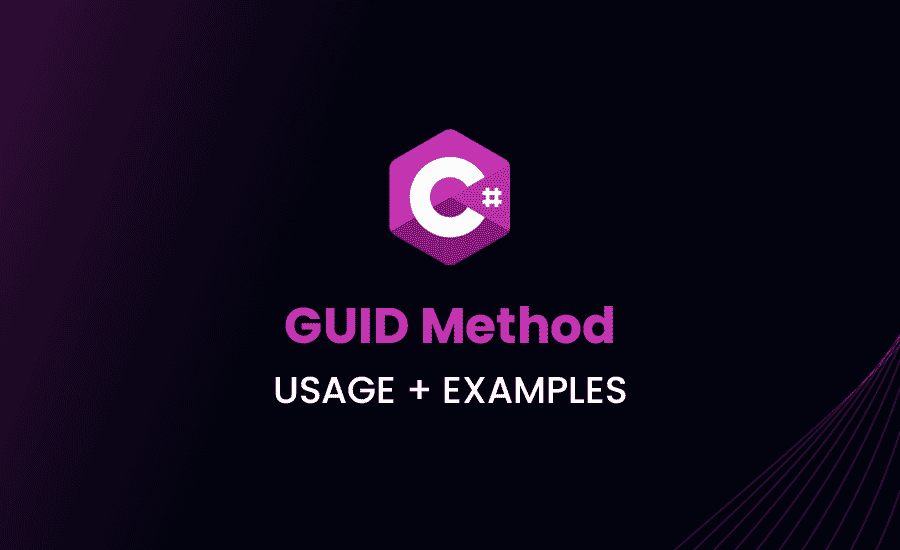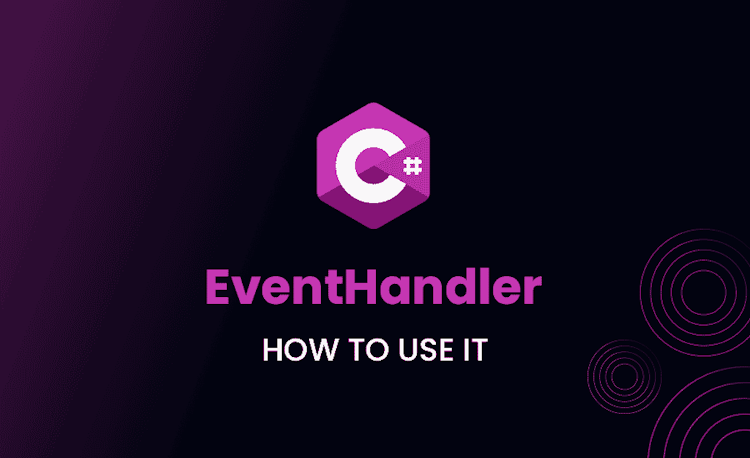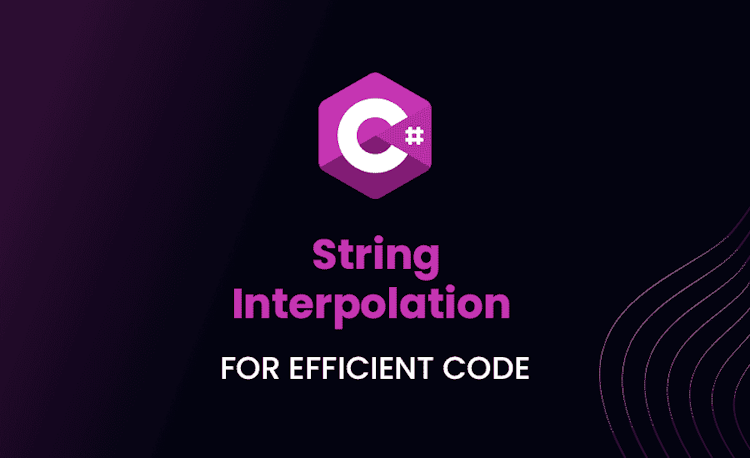GUID Method in C#: Usage + Examples

Let’s dive deep into the ocean of programming, where there are countless creatures, each more mystifying than the last. One such creature is the GUID. Today, we’re embarking on an exciting quest to decode this mysterious entity in the realm of C# programming. So, don your developer hats, and let’s dive right in!
An Overview of GUID in C#
Alright, to kick things off, we need to understand – what the heck is a GUID, and why does it matter in programming?
The Importance of GUID in Software Development
GUID, short for Globally Unique Identifier, is like our unique human fingerprint in the digital world. Fascinating, right? People often underestimate the power of this humble code snippet in the realm of software development. This globally unique ID avoids duplication, which helps us maintain the uniqueness and integrity of our data.
Digging into the Concept of GUID
Now that you know what GUID is and why it matters, let’s dig deeper.
Know What GUID Stands for
Loading code snippet...
A GUID, as seen above, is a 128-bit (16 bytes) number used to identify information uniquely. They are usually represented as 32 hexadecimal digits and are broken up in 5 groups (separated by dashes). Boring? Nah, think of it as the digital equivalent of your unique DNA sequence!
Features of GUID
GUIDs seem simple, yet they have a truckload of features. Some are conspicuous, others need a little unwrapping. But that’s what makes them fascinating!
- Uniqueness: The probability of generating a duplicate GUID is negligible (unless you own multiple universes!)
- Versatility: You can use GUID across different databases or platforms.
- Anonymity: A GUID doesn’t disclose any information about the data it represents.
The Role of GUID in C#
But where does GUID fit in, in our beloved C# language? Let’s explore.
Practical Usage of GUID in C#
Imagine having to name each star in the universe – quite a maddening task, right? That’s how it feels when you have to deal with an enormous amount of data without GUIDs. They help to identify each piece of datum, like a unique name for every star.
The GUID comes to our rescue when dealing with databases, especially for primary keys. It can also be used in generating URLs, validating sessions, or simply tagging objects with unique IDs.
How to Generate a GUID in C#
Remember those model kits you used to play with as kids? GUIDs in C# are like those models – simple to generate, with loads of fun!
Using C# generate guid
Here’s a simple code to generate GUID in C#:
Loading code snippet...
In the above code, Guid.NewGuid() generates a new GUID. The best part? Every time you run this, you’ll get a unique result. It’s like a magic trick that never repeats!
Understanding guid new guid C#
Is there another way to achieve the same? Sure, here’s how:
Loading code snippet...
The above code creates an empty GUID. It’s like getting a blank canvas, on which you can paint whatever you want!
Working with guid.newguid
Let’s explore the guid.newguid function with this code snippet:
Loading code snippet...
The Guid.NewGuid() function gives us a distinct GUID each time we call it. It’s like a digital lottery where everyone wins!
Common Mistakes and Misconceptions When Using GUID in C#
With great powers come great misconceptions! GUIDs are easy to work with, but sometimes a little slip can lead to a grave error. Let’s discuss some common mistakes:
- Presumption that GUIDs are always unique
- Assuming GUIDs are continuously numbered
- The belief that GUIDs are random
Debugging GUID-related Errors in C#
Facing bugs when using GUIds? I feel you! The key is to understand, though GUIDs are generally unique, in a hyper-dense digital cosmos, collisions can occur. But hey, every problem comes with a solution, right?
Best Practices When Using GUID in C#
GUIDs are mighty useful, but using them correctly is like wielding a double-edged sword. Here are some tactics to shield you:
- Always ensure to assign a new GUID value when creating a record.
- Remember, GUIDs are not sequential. So, considering them as sequence numbers would be wrong.
- It’s essential never to divulge a GUID to unauthorized sources.
Conclusion
And we’re done! Here we are, emerging from the depths of this GUID expedition with newfound knowledge and understanding. GUIds may look complicated, but once you get a hang of it, they’re extremely cool and helpful. Until our next programming journey, enjoy using GUIDs!
Remember, the journey of learning never ends. So, what are you waiting for? Light up your IDE and let’s generate some GUIDs!
And believe me, if you don’t start using GUIDs, you’re missing out on a lot! So, get started, now!





